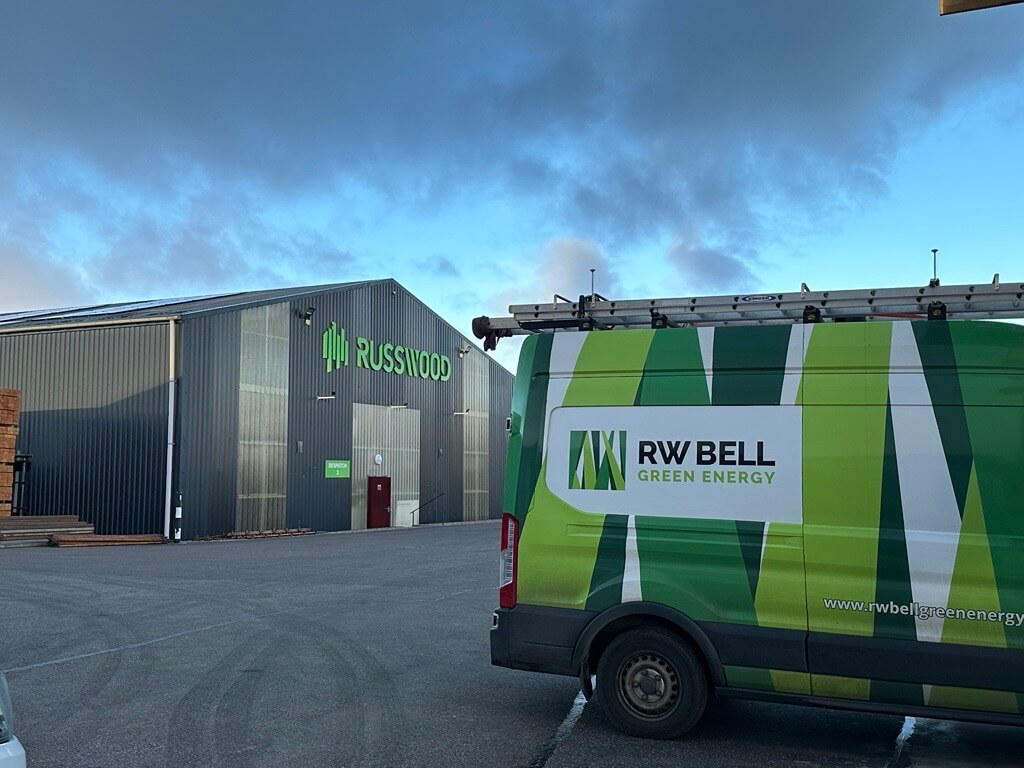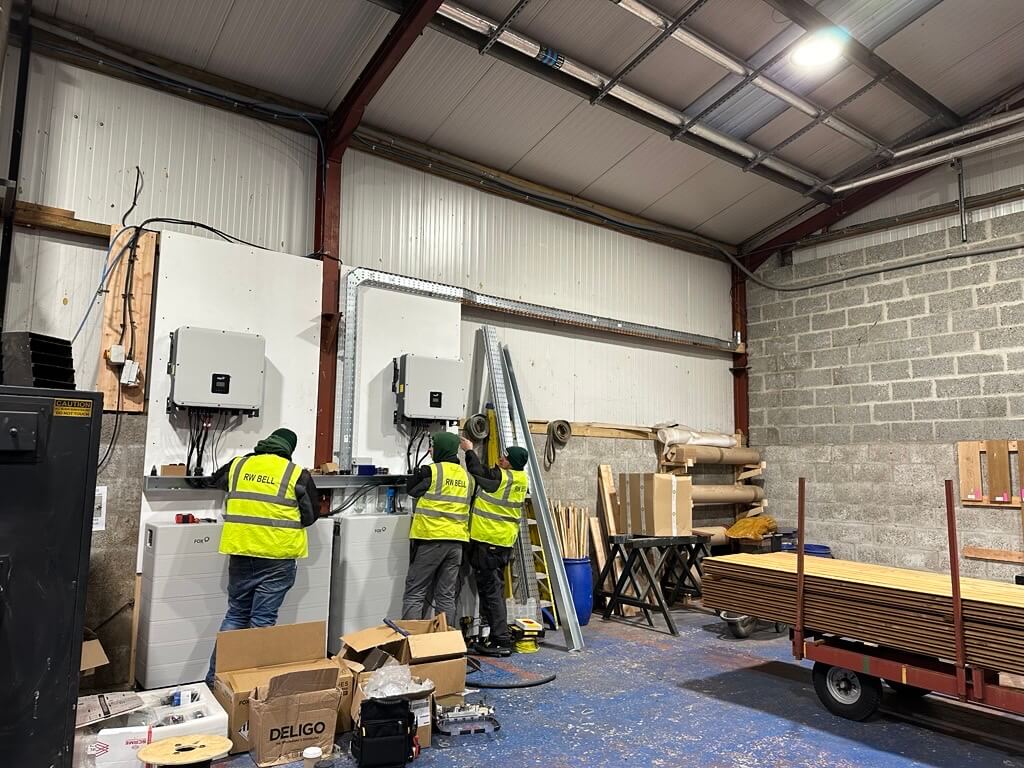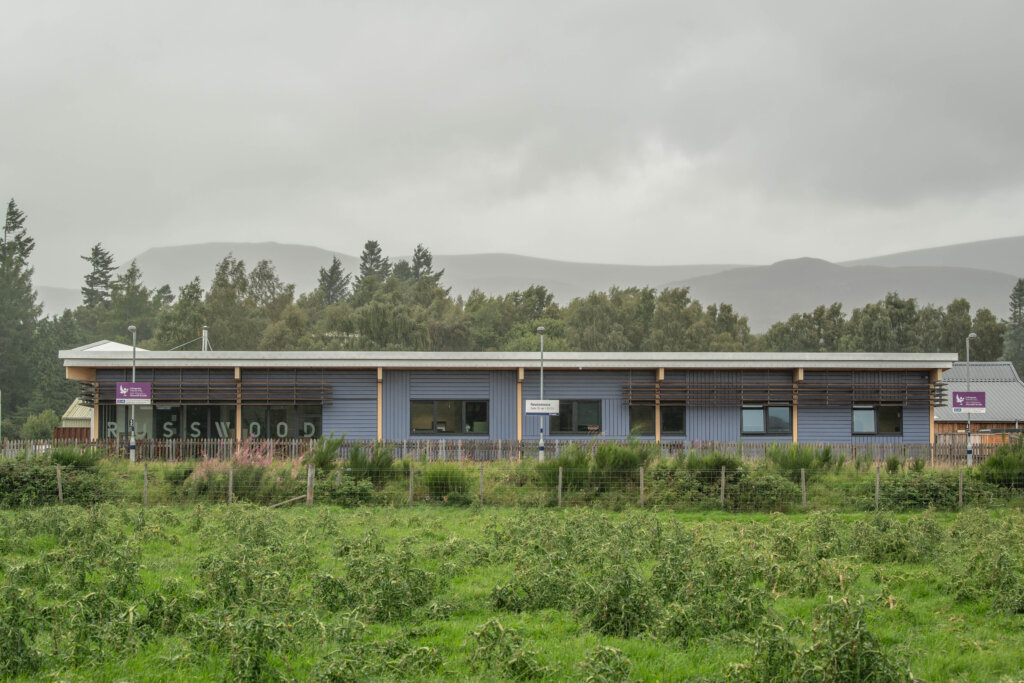Solar solutions: Russwood’s path to renewable power
Harnessing the power of the sun, Russwood continues to embrace sustainable innovation with its latest solar energy advancements. From the first installation of photovoltaic panels to the recent addition of battery storage, these changes are helping reduce our environmental impact while improving energy efficiency. In this article, ISO Coordinator & Production Administration Assistant Alice Wootton takes us through the evolution of Russwood’s solar journey, highlighting the technology, challenges, and benefits along the way.

From coal to solar
Before John Russell founded Russwood in its current form in 1990, the Russell family established their business in coal distribution in 1960 – a time when green and renewable energy sources were in their infancy, and coal accounted for 90% of the UK’s energy mix. Fast forward 65 years to 2025, and coal is expected to represent less than 1% of the nation’s energy consumption, with the last coal-fired power plant shutting in September 2024.
The dawn of the new millennium brought increased awareness of climate change and the emergence of the green energy movement. Recognising the shifting tides and evolving attitudes, Russwood understood the need to adapt. After careful consideration and consultation, solar energy was identified as the most effective renewable solution for the company’s operations.
Climate Adaptation Fund
In 2015, Russwood continued it’s path toward sustainability with the installation of photovoltaic (PV) panels on our Coatings Shed. This was followed by further expansions in 2022, with additional panels installed on our Drying and Despatch Sheds.
Most recently, at the end of 2024, with support from a grant provided by the Cairngorms National Park Authority’s Climate Adaptation Fund, Russwood made a significant investment in its largest solar upgrade to date. This included extending the existing installations, adding panels to the Flooring Shed, and equipping two ‘hubs’ with battery storage to support both the Main Office and the production area.
One of the main principles that drives Russwood is a deep care for the environment, which is firmly embedded in the company culture. In it’s ongoing efforts to be more sustainable, Russwood is always looking for innovative ways to integrate new technologies that align with its core values.


How solar panels work
Solar power, as an abundant and renewable energy source, offers an excellent alternative to non-renewable fossil fuels, and the technological advances ensure that even with the sometimes unpredictable climate of the Scottish highlands, it is an efficient way of drawing power. In fact, over the course of 2024, we generated over 90,000kwh of solar energy, enough to power 33 homes for a year.
Photovoltaic Panels, or Solar Panels convert sunlight into electricity using semi-conducting materials such as Silicon. When the sunlight hits these materials it ‘excites’ the electrons, creating an electric current. Known as the photovoltaic effect, this is the foundation of solar energy technology.
Storing solar energy
Prior to the installation of battery storage the solar panels were connected directly to the national grid. During hours of daylight when the panels are producing electricity, the power would be used immediately by Russwood buildings, with any excess being directed back to the national grid.
In making the decision to incorporate battery storage, Russwood worked closely with RW Bell, who shared their expertise, answering many questions on how it all would work and allowing the company to make informed, strategic choices about how best to implement this new technology.
The addition of the battery storage means that excess energy generated by the solar panels can now be stored for later use, creating a ‘reservoir. This means that energy stored during the day can power buildings at night or during spells of cloudy weather, reducing the overall reliance on the grid. Any excess that does not get taken by the batteries would still be directed back out to the grid to benefit the wider community and help to create a more resilient and sustainable energy network.


Sustainability through innovation
As well as storing the solar energy generated by the panels, the batteries can now be charged overnight too. This is especially handy during the winter months when solar power only covers the basics during the day with none to spare for self-charging. By charging the batteries at night, during off-peak times with lower tariffs, Russwood can store up energy to run its buildings the next day. For example, on a monitored day in January 2025, the main offices ran entirely on battery power from 8 a.m. to 4:30 p.m, showing just how effective this setup can be for cutting energy costs and relying less on the grid.
For Russwood, innovation is at the heart of everything—whether it’s the products the company creates or the sustainable practices it embraces. With the help of trusted companies, Russwood continues to explore new technologies that not only help reduce its environmental impact but also offer practical, cost-effective solutions for the future.